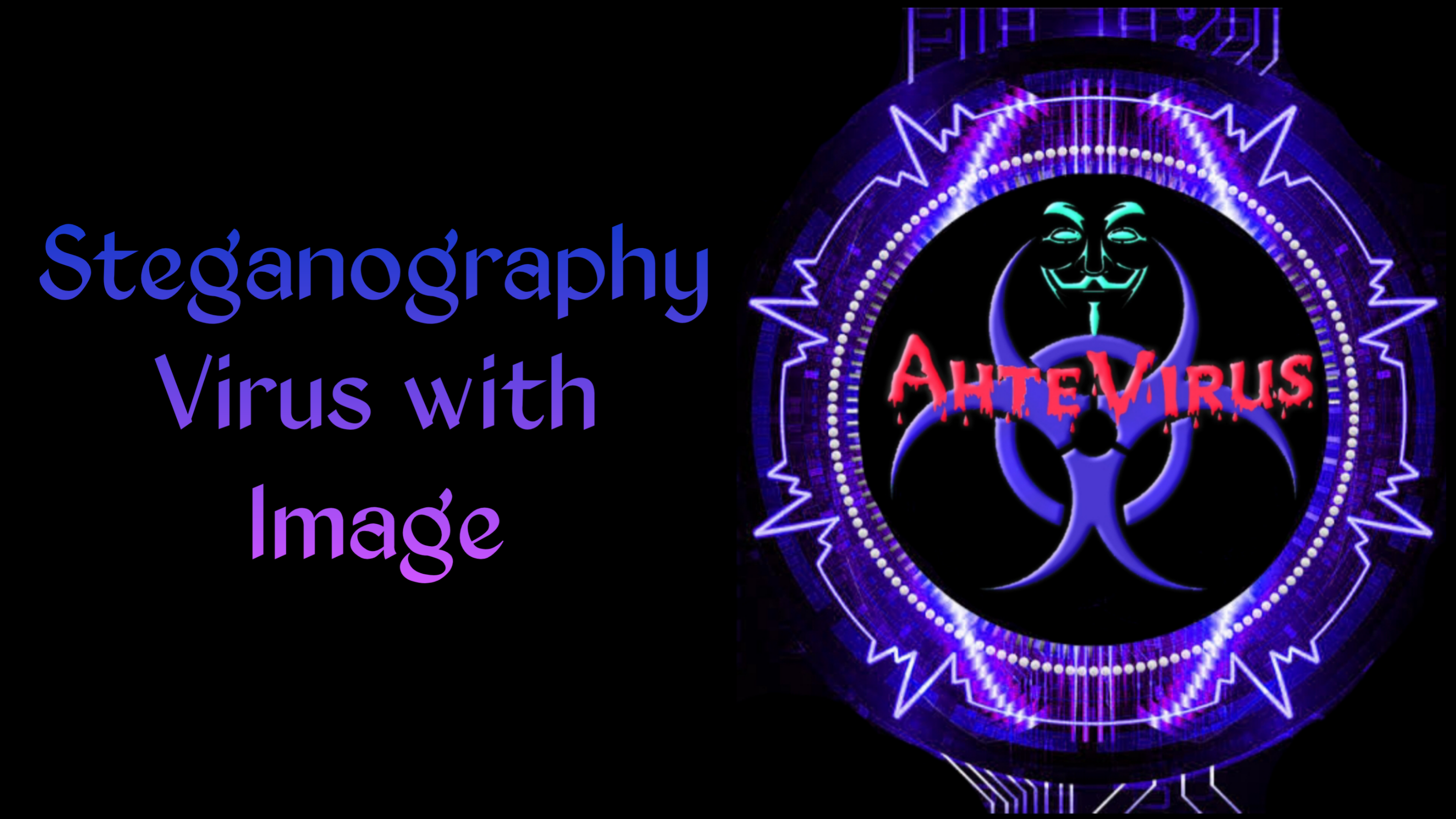Let’s start by understanding Steganography. In simple words sending a private or secret message hiding in something is known as Steganography. In this process, you can hide a file, message, image, or video into a different media and send it to the individual with whom you want to share the secret message. The word Steganography is only a combination of covered writing, which came from Greek words.
Why is Steganography needed?
As of now, everyone must have watched several spy movies. We know that every country has its secret agencies or intelligence agencies. Agents of such high profiled private agencies are spread in different countries. These agents send their confidential information, files, photos, or videos to their agencies by using Steganography’s help, as they cannot send such sensitive information directly.
Steganography is used for several generations
Steganography isn’t a new concept, as the process of Steganography is used for several generations. If we check the historical data across the world, it is found that the first-ever act of Steganography was recorded back in 440 BC. In this act, Histiaeus sent a message to Aristagoras, who was Histiaenus’s vassal, where he bald his most trusted servant and marked the message on his scalp.
We can get several examples of Steganography in history on how the peoples used several different ways of transferring secret messages. Back then, peoples used painting, tattoo, toys, or additional writing skills to hide the private message on it to send. We can conclude that there are several different types of steganography techniques, for example, hiding the secret message using Echo Steganography, in which we can hide the message in the sound waves.
Find the list of the type of Steganography in Wikipedia.
Steganoraphy is used by both hackers and government agencies
In this era of technology, Steganography has also been digitized, as using the internet, we can send data from one place to another, just in seconds. Using the technique of Steganography, hackers bind viruses and malware like backdoor, payload, keylogger, or spyware, inside any necessary files like word, docs, XML, excel, photo, or video, and send such files to their victims. Once a victim opens the file, the virus gets executed and starts to infect the system.
Cryptography and Steganography, combining these two features can help us a lot. Let’s take an example by creating a scenario, one of the spies of X country has gathered several pieces of information and wants to send those to his agency in the country Y, now the spy used a casual selfie and using Steganography, he bound that information in the image and send that. The intelligence agency of country X was previously suspecting the spy. As the spy sends the picture to his agency in country Y, country X’s agency traces the image, as Steganography is a common thing they tried to find whether any hidden message is there or not, and game over.
How to hide files inside files?
There are several ways of using Steganography. Here we will only know how to hide a text or file inside an image using the Windows Command prompt (CMD).
Follow the steps below to hide a text inside an image:
- First, create a folder and name it. I will name that ‘Steganography’.
- Put your image file in your folder in which you want to hide your message.
- Above in the file paths address bar, write ‘cmd’.
- Command Prompt will come on the screen, and you will be redirected to the folder path.
- Write – echo “*Type your secret message here*” >> *image file name*, like
echo “Follow AhteVirus” >> ahtevirus.img - Now press ‘Enter’. Done
- To read the secret message, open that ‘.img’ file in any text editor like notepad.
- Scroll down, and in the end, you will find your secret message.
Follow these steps to hide a zip file inside an image file:
- First, create a folder and name it. I will name that ‘Steganography’.
- Put your image file in your folder in which you want to hide your message.
- Above in the file paths address bar, write ‘cmd’.
- Command Prompt will come on the screen, and you will be redirected to the folder path.
- Write – copy /b *your image file name* + *your zip file name* *new file name*, like
copy /b ahtevirus.img + ahtevirus.zip SecretFile.img - Now press ‘Enter’. Done
- To extract that zip file, you need a zip extract software like WinRar.
- Extract the image file as you extract a zip file.
As every lock has a key, to crack encoded, Steganographed files tools like StegCracker can be used.
